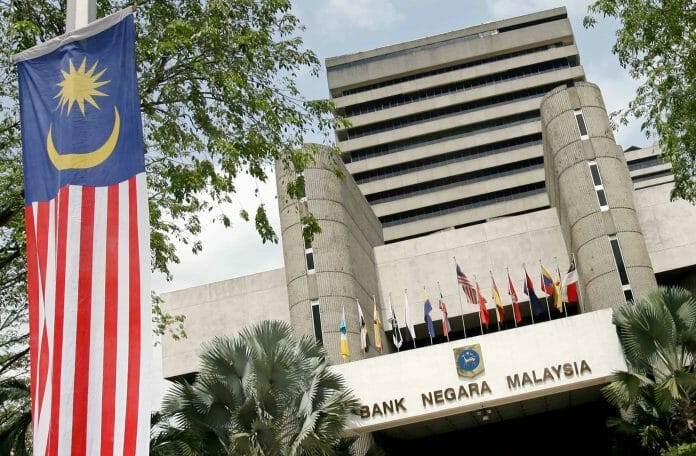By Poovenraj Kanagaraj
Bank Negara Malaysia (BNM) stated that the Ringgit has depreciated by 4.9 percent against the US dollar during the first quarter, following large non-resident portfolio outflows amounting to Rm 26.2 billion as global risk aversion intensified.
The Ringgit depreciated to its weakest today against the US dollar at 4.23.
Investors sentiments remained affected by the weakening and uncertain outlook to global growth.
According to the central bank, as a result of the ongoing risk aversion in global financial markets and demand for safe haven assets, Malaysia continued to experience non-resident portfolio outflows and the ringgit depreciated by 5.8 percent against the US dollar as of May 12.
In terms of financing conditions, net financing expanded at a sustained pace of 4.7 percent on an annual basis, supported by higher growth in outstanding loans.
“Growth in outstanding business loans increased, while outstanding household loan growth declined,” BNM said. Demand for both business and household loans also experienced a slowdown in comparison to the previous quarter.
Participating financial institutions have approved more than 20,000 applications amounting to RM 10 billion after the Special Relief Facility (SRF) was made available.
“Demand has been overwhelming and as a result, the earlier announced RM 5 billion SRF allocation that has been quickly taken up will directly benefit more than 9,000 SMEs across Malaysia and preserve more than 200,000 jobs,” BNM saids,
BNM has also upsized the SRF by another RM 5 billion to cater for all of the applications approved by the participating financial institutions.
Additionally, SMEs can also access existing financing schemes offered by the Government, financial institutions as well as from the remaining allocation for BNM’s Fund for SMEs.
In the first quarter, financial institutions have collectively disbursed RM 62 billion financing to SMEs, of which RM 48 billion for working capital purposes.









